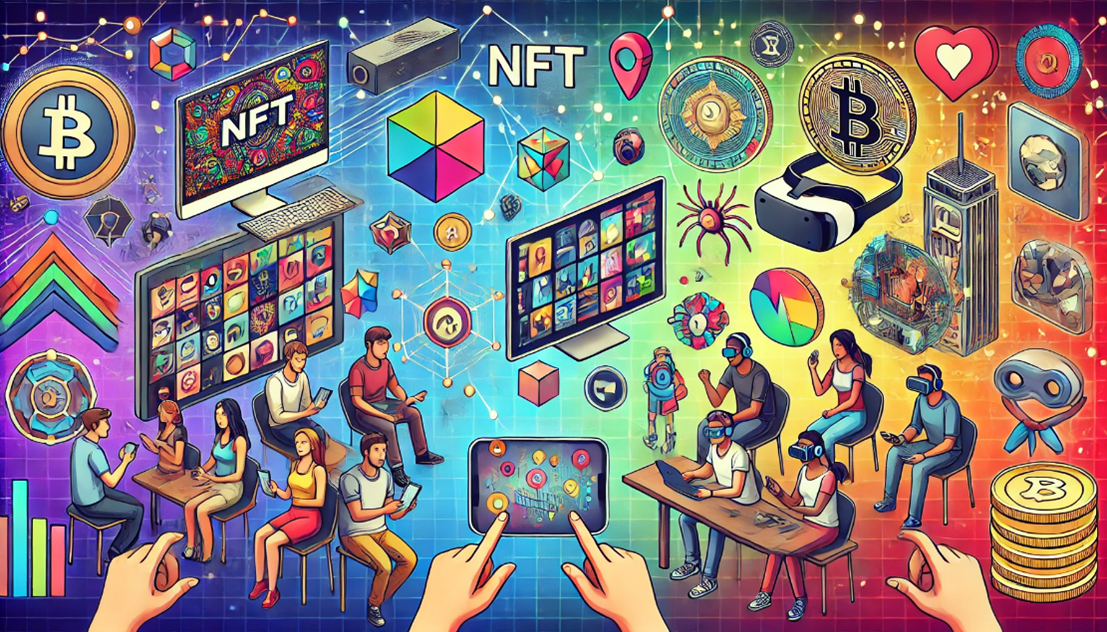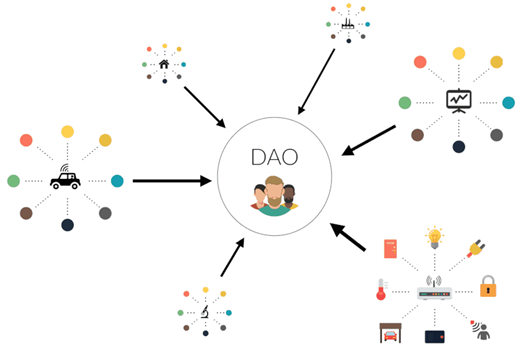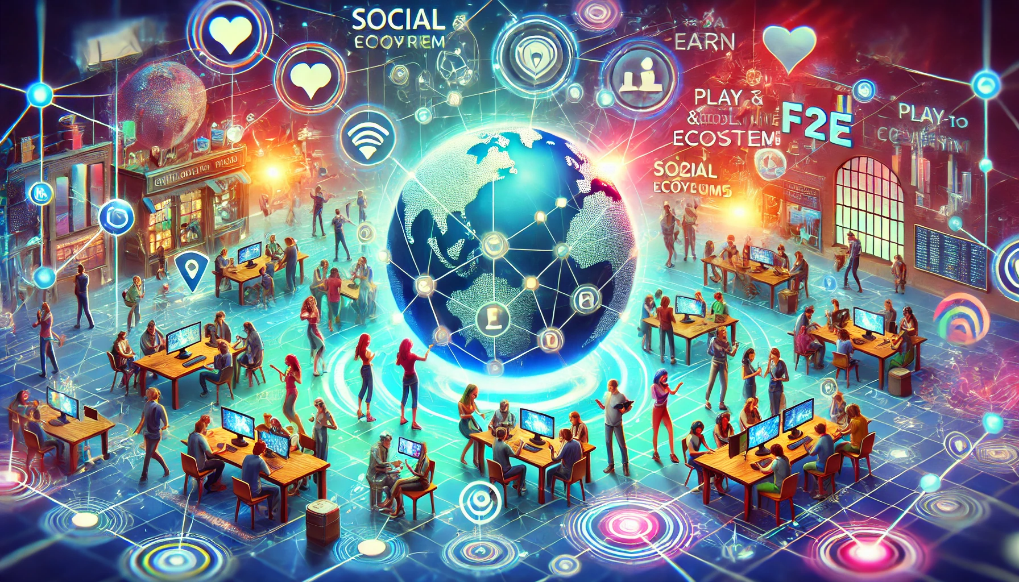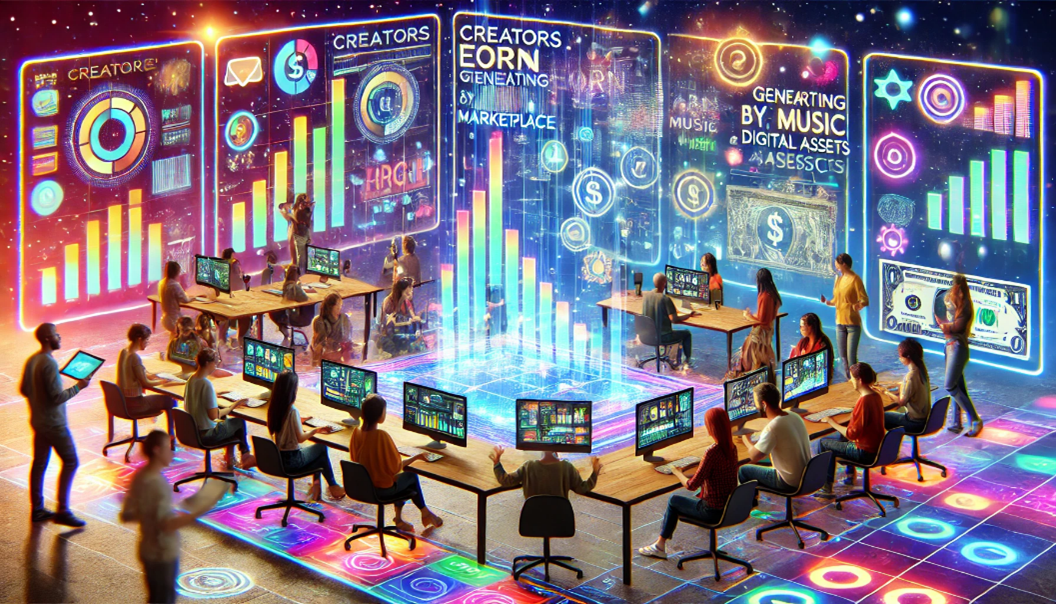Growth opportunities in underdeveloped gaming markets

Growth opportunities in underdeveloped gaming markets
by Nathaniel 03:45pm Jan 09, 2025
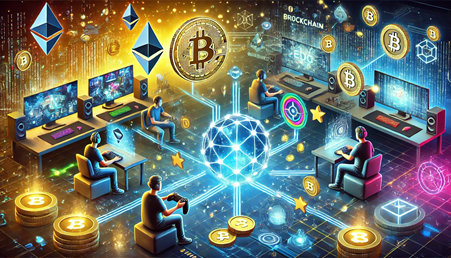
Growth opportunities in underdeveloped gaming markets
Growth opportunities in underdeveloped gaming markets present a massive and untapped potential for both developers and investors in the gaming industry. As Play-to-Earn (P2E) and blockchain gaming continue to gain traction globally, several regions that have been historically overlooked or underrepresented are now emerging as key players. These markets, often in developing countries or emerging economies, are poised for rapid growth due to a combination of increased internet penetration, mobile accessibility, evolving economic conditions, and a shift in consumer behavior.
Here are some key growth opportunities for P2E games in underdeveloped gaming markets:
1. Mobile Gaming Accessibility
Dominance of Mobile Platforms: In underdeveloped regions, mobile phones are often the primary means of accessing the internet and digital entertainment. P2E games that are mobile-friendly, lightweight, and easy to access via smartphones are more likely to succeed in these markets.Mobile-first P2E games, particularly those with low system requirements and minimal internet data usage, have the potential to attract a broad user base.
Affordable Smartphones: The availability of affordable smartphones in emerging markets, along with improved mobile internet infrastructure,means more players can access P2E games without requiring high-end gaming PCs or consoles. Game developers should focus on optimizing games for mobile devices, enabling the game to run smoothly even on lower-end hardware.
2. Expanding Internet Connectivity
Broadband and 5G Expansion: Increased internet access in rural and underdeveloped areas, through initiatives to expand broadband networks and the upcoming deployment of 5G technology, provides opportunities for online gaming. As internet speeds and reliability improve, these regions will be able to better support more complex P2E games that involve multiplayer experiences, blockchain interactions, and high-quality graphics.
Low-Cost Internet Solutions: Innovative low-cost internet solutions, such as satellite internet services (e.g., Starlink), have the potential to bridge the connectivity gap in remote areas. This development allows players in underserved regions to access global gaming networks and take part in the P2E ecosystem.
3. Monetization Through Cryptocurrency and Blockchain
Low-Cost Transactions:P2E games can provide significant opportunities for players in underdeveloped markets by enabling easy access to cryptocurrencies for in-game purchases or rewards. Countries with limited access to traditional banking services can benefit from using decentralized cryptocurrencies and blockchain technology as an alternative to financial systems that are often inaccessible or expensive.
Micropayments and Microtransactions: Blockchain technology allows for micropayments with low transaction fees, making it viable for players in emerging economies to participate in P2E games. This is especially relevant in countries where even small amounts of money can have high purchasing power in the local economy. Tokenization also allows players to own unique digital assets (e.g., NFTs), which can be traded and sold in global markets, generating income.
4. Localizing Content for Cultural Relevance
Culturally Relevant Themes and Narratives: Many underdeveloped regions have untapped cultural stories, characters, and traditions that could resonate deeply with local players. Game developers who create culturally relevant themes, characters, and in-game items tailored to specific regions will be able to attract more players. This could include incorporating folklore, mythology, or traditional art styles into P2E games.
Localized Language Support: Ensuring that P2E games are available in the local languages of these regions is crucial. By offering translations and region-specific content, developers can reach a larger audience and improve player engagement.
5. Digital Financial Inclusion
Banking the Unbanked:One of the biggest opportunities is using P2E games as a tool for financial inclusion. In many developing countries, there are significant populations that are unbanked or have limited access to financial services. By integrating cryptocurrency wallets and blockchain-based rewards, P2E games offer an alternative way for people to earn, store, and transfer money. This allows players in underdeveloped markets to participate in the global economy, even if they don't have access to traditional banking services.
Micro-Investment Opportunities: P2E games can introduce players to micro-investment opportunities, such as purchasing small stakes in in-game assets (e.g.,NFTs) or participating in DeFi (Decentralized Finance) mechanisms through in-game tokens. This opens the door for players to earn rewards or generate passive income, empowering them to grow wealth over time.
6. Untapped Gaming Demographics
Casual Gamers:In underdeveloped regions, the gaming population often includes casual gamers who play games for fun, entertainment, or socializing rather than heavy spending. P2E games that have casual-friendly mechanics or rewards for everyday play (such as earning small amounts for completing daily tasks or engaging with friends) are likely to perform well in these markets. The barrier to entry for casual players is much lower, and the ability to earn even small rewards can be highly attractive.
Young and Growing Populations: Many developing countries have large youth populations who are tech-savvy and highly engaged with social media and digital trends. As these populations increasingly become familiar with gaming and blockchain technology, the demand for P2E games will grow, especially in regions like Africa, Southeast Asia, and Latin America.
7. Partnerships with Local Governments and Institutions
Public-Private Partnerships for Digital Education: Governments in underdeveloped markets are becoming more aware of the potential of digital economies and are seeking ways to integrate blockchain and gaming into their economies. Strategic partnerships with local governments could help promote digital literacy and financial education, creating a foundation for P2E games to thrive.
Support for Local Developers: International gaming companies can partner with local game developers in underdeveloped regions to create games that reflect local interests while benefiting from global P2E systems. By fostering local talent and supporting regional content, developers can tap into underserved markets while offering valuable, culturally resonant experiences.
8. Peer-to-Peer (P2P) Economy and Digital Markets
Building Player Communities: In many developing countries, the concept of peer-to-peer (P2P) economies is already thriving. P2E games can enhance this by allowing players to trade in-game assets, participate in guilds, and engage in peer-to-peer transactions. This could lead to the creation of vibrant local and regional gaming communities where players pool resources, share rewards, and collaborate to earn more.
Local Marketplaces for Digital Assets: Localized marketplaces for digital assets (such as NFTs, tokens, or in-game items) could allow players to buy, sell, or trade their assets using local currency or cryptocurrency. Such markets would increase liquidity and foster a stronger in-game economy, helping players to earn money and participate in the broader blockchain ecosystem.
9. Incentivized Gaming and Esports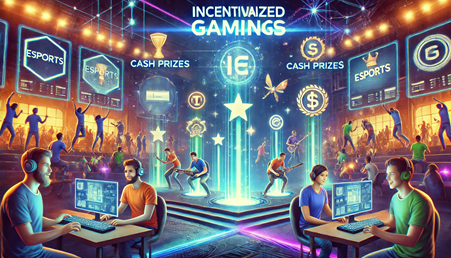
Esports as a Career Path: Esports is becoming a global phenomenon, and underdeveloped markets are no exception. With the growing availability of affordable mobile devices and internet access, many players in these regions are already participating in competitive gaming. By integrating P2E systems into esports, where players can earn rewards through competitive play, developers can attract a competitive gaming audience and grow esports ecosystems in these regions.
Localized Tournaments and Rewards: Organizing regional esports tournaments or community events with attractive P2E rewards can drive more engagement. These tournaments can be designed to cater to local players, using games that are culturally relevant and well-suited to the region’s gaming preferences.
10. Sustainability and Environmental Awareness
Eco-Friendly Blockchain Gaming: As environmental concerns around energy consumption grow, there will be increasing demand for eco-friendly gaming solutions. Many emerging markets are already facing the impact of climate change, and offering low-energy blockchain games or those that use energy-efficient consensus mechanisms (like proof of stake) will appeal to environmentally conscious players.
Sustainable In-Game Economies: P2E games that incorporate sustainability into their economic models (such as rewarding players for eco-friendly actions) could resonate well with players in underdeveloped regions, where environmental issues are a pressing concern.



